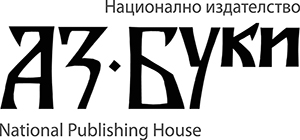Aleksandar Milenković, Jelena Stevanić
University of Kragujevac (Serbia)
https://doi.org/10.53656/ped2025-2.06
Abstract. Lesson planning and the development of pedagogical documentation constitute integral components of educators’ responsibilities in the Republic of Serbia. Within the framework of the “Methodology of Teaching Mathematics” course, future mathematics teachers address these aspects, particularly by formulating daily lesson plans for mathematics classes in primary and high school education. Considering the proven benefits of cooperative learning in enhancing student achievements and fostering their social skills, and mindful of the disruptions caused by the COVID-19 pandemic to the delivery of the “Methodology of Teaching Mathematics” course due to the shift to distance education (which posed challenges due to the absence of direct collaboration during classes), a novel instructional approach that involves the integration of cooperative learning strategies was adopted. Through a qualitative analysis of written lesson plans produced by students who completed assignments related to lesson planning during and after engaging in cooperative learning within the context of distance education, it was evident that these students significantly outperformed their peers who worked independently.
Keywords: cooperative learning; distance learning; lesson plans; methodology of teaching mathematics
Влезте в системата, за да прочетете пълната статия

